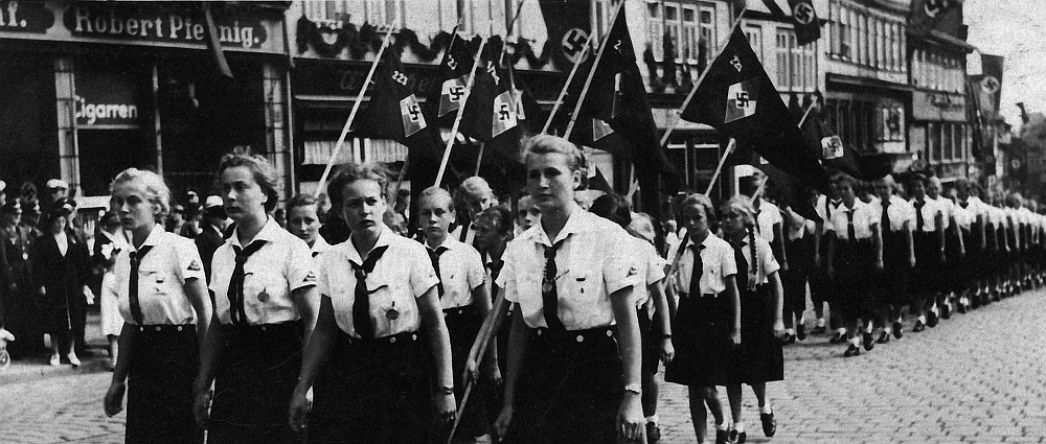
The discrimination and persecution of so-called "asocials" intensified from 1933 onwards. People who did not appear to fit into the National Socialist Volksgemeinschaft were segregated and harassed by police measures. From 1938 onwards, thousands of people classified as "strangers to the community" were sent to concentration camps in a nationwide campaign. This was also preceded by exclusionary measures by the local administration in Nordhausen.
The National Socialists categorised people with no permanent residence, beggars, welfare recipients, alcoholics, prostitutes and others as "asocials". People classified as such were often forcibly sterilised, usually on such grounds as "inborn insanity". In the spring and summer of 1938, more than 10,000 people were deported to concentration camps as "asocials". Initially, however, the initiative to persecute this population group was mainly at local and regional level. For example, so-called "strangers to the community" were housed in closed facilities solely by decision of the respective municipal authorities - as was the case in Nordhausen.
In 1938, all families and individuals who had previously lived in Nordhausen's shelters for the homeless were ordered by the police to move to the newly built "Police Detention Centre for Homeless People" on Hüpedenweg in Niedersalza. The forced accommodation had the character of a prison: it consisted of three blocks surrounded by a wired fence. There were two houses at the entrance, which served as offices and living quarters for the police and welfare officers. The residents were under constant surveillance. In addition to fixed closing times, there were only limited visiting hours. The lights were switched on and off at set times.
The homeless centre was occupied by an average of 230 to 240 people. "Most of the inmates are psychopaths, uninhibited and compulsive in their approach to life. Most of them vegetate like this," according to the administrative report of the Nordhausen Welfare Office from 1941. A welfare nurse at the homeless centre emphasised the "hereditary-biological inferiority of many families". Around 40 families were forcibly housed here, and in 1942/43 the welfare office categorised half of them as „asocial“. These were "labour-shy" people, whom the municipal office accused of "neither being able to run an orderly household nor raise their children to be useful members of the community".
The buildings of the former detention centre for homeless people were used as flats and offices after 1945 and as a hostel for asylum seekers after 1989. The former accommodation barracks have since been demolished and the former entrance buildings now house a neighbourhood meeting point.
